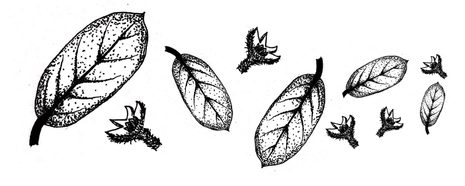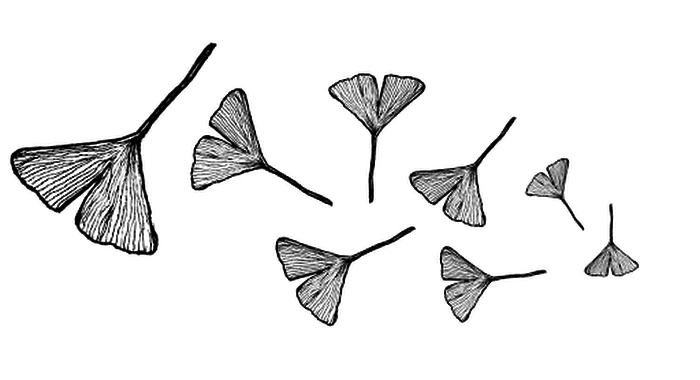Plant extinction: St. Helena Olive
Up next in his plant extinction column, Nicholas Koenig delves into a disheartening story of recent plant extinction in the South Atlantic

Transitioning from the start of the plant extinction column with the Ginkgo, the next species' story is a bit more grimy. The St. Helena Olive – also known scientifically as Nesiota elliptica – lives up to its common name of originating from St. Helena island, situated in the South Atlantic. The island is historicised most often as being the site where Napoleon was sent for his second exile in 1815, and later died. The island has also been used by British, Portuguese, and Dutch travellers as a trading port, and is currently a part of the British monarchy.
However, the latter part of the ‘St. Helena Olive’ name is quite the misnomer, an unfortunate trend in plants’ common names – a trend further complicating the learning process of evolutionary relationships! The species is genealogically in the Buckthorn family and order of the Rosales. To give context, the St. Helena Olive is closer related to sugar snap peas, cotton, and stinging nettle than the olives we use for cooking oil.
“Humans caused an unsustainable disruption in the long history of evolutionary isolation”
Due to human occupation of the island in the early 1500’s through European exploration and imperialistic efforts, a negative consequence ensued through the introduction of non-native and invasive species. Primarily through livestock, humans caused an unsustainable disruption in the long history of evolutionary isolation. Islands are hosts to endemic species – those only occurring in one geographical restricted area. On St. Helena, there are over 50 species of flowering plants that only call the island their home. Moreover, islands can be fragile habitats given some have not evolved alongside modern livestock or human beings. Linked to this, the St. Helena Olive has been reduced to one of many species on the island wrought to extinction. Who will be next? Will the tearing and shearing out of the ecosystem fabric bring others to the edge of their existence?
Beginning in the 1970’s, large conservation efforts from both governmental and non-governmental organisations attempted to rescue the existence of endangered species, such as the She Cabbage Tree or Lachanodes arborea. The resilient tree was able to collaborate with the conservation efforts of humans on the island to stay alive. This is not the case for the St. Helena Olive, however. It was able to hang on in the wild until the 90’s, stayed alive in a cultivated landscape by one individual until 2003 when it succumbed to a fungal disease, therefore ending its physical presence on Earth.
“Will the tearing and shearing out of the ecosystem fabric bring others to the edge of their existence?”
If the St. Helena Olive shows us anything, it is the ways in which species can exist in peculiar and strange ways. The shrub was pushed from a species naturally existing within the landscape, to only existing in cultivation, to only being stored in our memories, frozen DNA in Kew Botanical Gardens, and specimens collected for natural history archives - a type of existence the species probably never planned for. As the illustration attempts to demonstrate, the leaves and flowers of the species are taken away in the wind away from our ‘self’.
As we reflect on the Ginkgo and now the St. Helena Olive, I hope the two case studies have already started to muddy the waters of what it means for a species to exist on a damaged planet. For the next species, we will travel to the hills of Appalachia in the eastern United States to listen to another story of extinction.
 News / SU stops offering student discounts8 January 2026
News / SU stops offering student discounts8 January 2026 Comment / Plastic pubs: the problem with Cambridge alehouses 5 January 2026
Comment / Plastic pubs: the problem with Cambridge alehouses 5 January 2026 Theatre / Camdram publicity needs aquickcamfab11 January 2026
Theatre / Camdram publicity needs aquickcamfab11 January 2026 Science / New year, new room, new you8 January 2026
Science / New year, new room, new you8 January 2026 Comment / What happened to men at Cambridge?31 December 2025
Comment / What happened to men at Cambridge?31 December 2025









